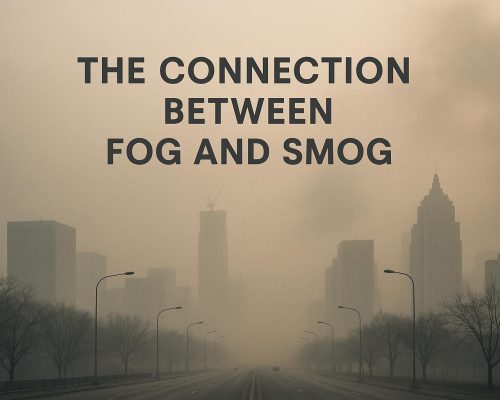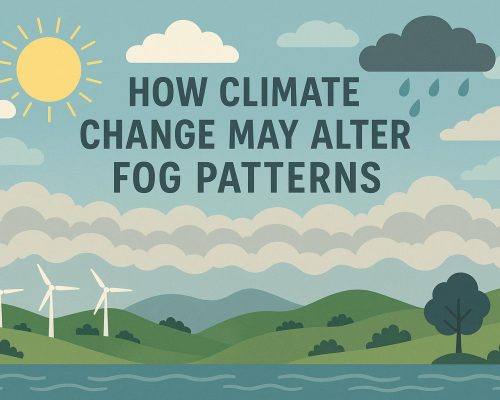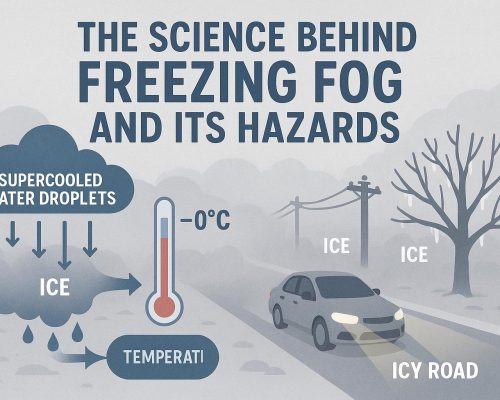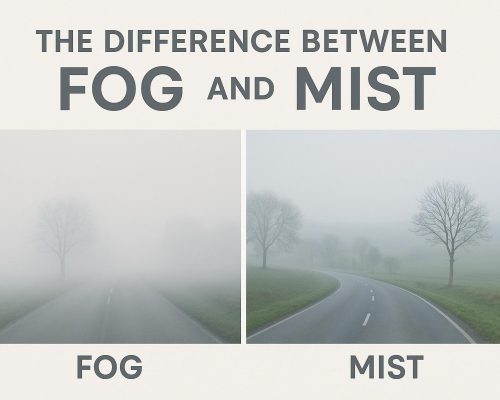
Why Some Cities Experience More Fog Than Others
Factors Contributing to Fog Formation in Different Cities
Fog is a meteorological condition that influences numerous cities around the globe, creating unique landscapes and sometimes complicating daily life. Its formation is driven by a variety of factors, including geographical, atmospheric, and human-related elements. Delving into these can elucidate why certain areas, such as San Francisco, have become synonymous with fog, while others maintain clearer skies.
Geographical Location and Topography
The geographical setting and physical layout of a city are crucial determinants of fog formation. Coastal cities are particularly susceptible to fog due to the interaction between temperatures from the ocean and the atmosphere above land. For example, the well-known fog in San Francisco, colloquially referred to as “Karl,” results from the interaction between cold currents from the Pacific Ocean and the relatively warmer air from the land.
Additionally, the topography of a city can enhance fog creation. Cities encircled by hills or mountainous regions often experience cooler air getting trapped in the valleys. As warmer air moves up the slopes, it cools down and condenses, leading to the formation of fog. This can be particularly evident during the early morning or evening hours when atmospheric conditions are primed for such occurrences.
Climatic Conditions
The local climate is another significant factor influencing fog. Cities with high humidity and frequent temperature inversions are more likely to experience fog. When a temperature inversion occurs, warmer air overlays cooler air at the surface. This setup stabilizes the atmosphere and can promote fog formation, as the trapped cooler air near the ground does not mix with the warmer air above.
Seasonal Variations
Fog formation is not an unvarying process throughout the year—it undergoes seasonal shifts. Winter months often see an increase in fog due to more pronounced temperature differences and elevated humidity levels. In contrast, summer brings warmer and drier air, which typically decreases the likelihood of fog. Seasonal variation is particularly pertinent in temperate regions, where the transition between warm and cold air masses is more definite.
Urban Influences
Urban environments can significantly affect fog occurrence through the urban heat island effect. Cities tend to be warmer than their surrounding rural areas due to human activities, dense population, and extensive concrete surfaces. This additional heat can hinder fog formation by preventing surface cooling. However, at times, the heat can lead to a stable atmospheric condition where temperature inversion occurs more readily, encouraging fog formation especially during nighttime.
Human Activities and Pollution
Human-induced pollution has a tangible effect on fog development and characteristics. Pollution particles can serve as condensation nuclei around which water droplets form, thus enhancing fog formation. Therefore, cities struggling with air quality issues might experience a unique type of fog, such as smog, which complicates visibility and presents health hazards to inhabitants. Addressing pollution is, therefore, crucial not only for air quality but also for managing fog incidence.
Meteorological Monitoring and Prediction
Advancing the understanding of fog dynamics is indispensable for improving weather forecasting. Sophisticated meteorological tools, including satellite data and computer simulations, are pivotal for forecasting fog with increased accuracy. These predictions enable city administrations to prepare adequately, mitigating risks associated with dense fog such as transportation disruptions and potential road accidents.
In summary, the occurrence and pattern of fog are governed by a multifaceted collection of factors, ranging from natural geographical and climatic conditions to human activities. Each city’s unique combination of these factors dictates the presence and intensity of fog, making it a compelling subject for scientific exploration and city planning. Understanding these dynamics not only enriches our grasp of urban meteorology but also aids in strategizing effective urban management in fog-prone areas. Understanding and appreciating the diverse conditions that influence fog can assist in navigating the complexities associated with this natural phenomenon, showcasing why it remains a point of interest for both meteorologists and urban planners worldwide.






